Ambush in Bishnupur: Two Assam Rifles Personnel Killed Close to Imphal
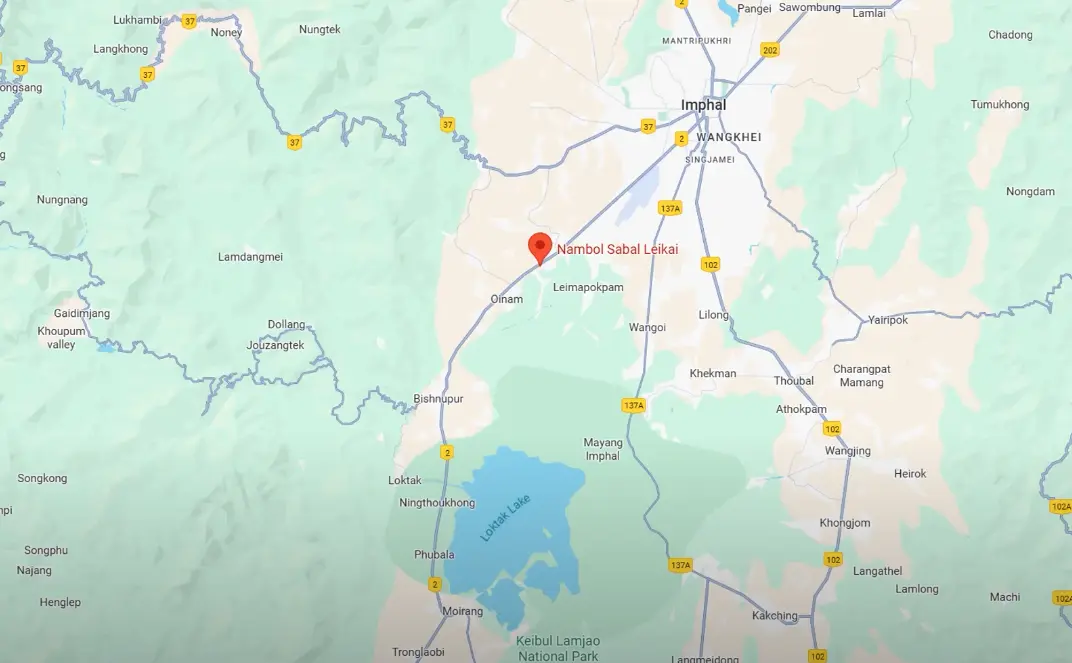
Hope was growing in Manipur as signs of peace and normalcy surfaced: reopening of highways, political visits, and promises of calm. But on September 19, 2025, an ambush on the Assam Rifles convoy in Bishnupur district — close to Imphal — claimed the lives of two soldiers and injured five. This attack, in an area recently freed from certain security laws, raises tough questions about safety, policy, and the path forward.
What Happened: Facts on the Ground
- Where & When: The attack occurred in the Nambol Sabal Leikai area of Bishnupur district, Manipur. The ambush transpired on NH-2, during evening hours around 5:50 pm, as a convoy of Assam Rifles was moving from its Patsoi base to the Nambol base.
- Casualties: Two Assam Rifles personnel were killed, and five others were injured. The injured were taken to the Regional Institute of Medical Sciences (RIMS), Imphal.
- Denotified Area/AFSPA Status: The spot of attack lies in a denotified area — part of the Manipur Valley districts where the Armed Forces Special Powers Act (AFSPA) is not currently in effect.
- Authorities' Response: After the attack, security forces sealed off the area and launched search & combing operations. Local authorities condemned the incident.
Return of Violence vs. Signs of Progress
Since the major unrest in Manipur, there have been incremental signs of improvement: highway reopenings, outreach from the central government, and attempts to restore civil normalcy. But this ambush, especially so close to Imphal, underlines that the peace remains fragile — particularly in areas where AFSPA is not enforced.
Supporters’ View: Why Some Defend Current Policy & What They Argue
People who support current arrangements (including parts where AFSPA was denotified) argue:
- Civil Rights & Human Rights Concerns: Removing AFSPA from many Valley police-station zones was part of a push to reduce reports of excesses, arbitrary detentions, and to rebuild trust with local communities. Some citizens saw AFSPA's removal as a positive step toward normalcy and dignity.
- Improvement in Law & Order: The government had said that violence had reduced in many parts, especially in the Valley; that the situation had improved enough to relax some restrictions and demilitarise areas.
- Risk of Overreaction: Reimposing AFSPA or heavy security might exacerbate mistrust among Meitei communities, who often raise issues about identity, policing, and unequal treatment. Some argue that restoration of security must be balanced with political dialogue, rehabilitation, and community engagement — not just force.
- Intelligence & Operational Complexity: Even with AFSPA, counter-insurgency requires accurate intelligence, multiple agencies' coordination, and community support. Removal or reimposition of AFSPA alone doesn’t guarantee safety unless ground intelligence, patrol protocols, and preventive measures are robust.
Critics’ View: What Warnings Are Being Raised
On the other hand, critics of the current situation (including opposition parties, some security analysts, and community leaders) highlight:
- Security Gap in Denotified Areas: They argue that denotified zones (areas where AFSPA was lifted) are exposed, especially along major highways like NH-2, which are vital for connectivity. This ambush illustrates vulnerability.
- Tactical Omissions / Intelligence Lapses: Critics ask whether intelligence failed or whether patrol/routes were predictable. Was the highway sufficiently secured? Could escort protocols have been stronger, especially since the location is close (around 8 km) to Imphal airport and other key infrastructure?
- Political Symbolism: Some see the attack as undermining recent moves toward “normalcy” and peace — e.g., highway reopenings and political outreach. For many, the attack is not just tactical but symbolic — a message that insurgent forces are still active and able.
- AFSPA Reinstatement Demand: Given that AFSPA gives forces special powers (search, arrest, force), many believe this incident will push for its reimposition in the denotified areas to allow quicker reaction and broader legal powers. However, AFSPA is controversial due to past allegations of misuse, so its reimposition carries risks.
Key Questions Remaining
- Which groups carried out the attack? As of now, no group has claimed responsibility. Identifying the perpetrators is essential for understanding motive and preventing similar incidents.
- Why this route & timing? The ambush was on NH-2, a highway that had recently been in discussions about reopening and improving movement. Investigators will likely examine whether patrol routes, convoy timings, or the recent uplift in restrictions made security complacent.
- AFSPA’s Role: Will AFSPA be restored in this zone? If so, how? Over how large an area? With what safeguards to avoid rights violations?
- Local Trust & Support: How will local communities react — both in the Valley and the Hills — to reinstated security measures? Will incidents of this kind increase the desire for political solutions, dialogue, or greater local policing?
What Could the Government Do Next (Actionable Steps)
- Immediate Review of Route Security – Conduct risk assessments on NH-2 and roads near Imphal, especially in denotified areas. Increase convoy escort protocols; ensure predictability is minimised.
- Deploy Intelligence-led Operations – Strengthen intelligence gathering in Valley districts; focus on known insurgent groups. Reinforce cooperation between Assam Rifles, state police, and central forces.
- Revisit AFSPA Map — The Government could consider extending AFSPA to affected denotified zones if data support that the insurgent threat remains. But must do so with oversight, transparency, and accountability.
- Community Engagement – Work with local village councils, Meitei and Kuki leaders, to build noticing networks, community policing, and ensure citizens feel their concerns are heard — that security isn’t only force-based.
- Rehabilitation & Economic Support – Where violence has disrupted life, improve infrastructure, schools, and employment schemes so communities see tangible gains from peace. This helps deny insurgents social support.
Conclusion
The ambush in Bishnupur was a sharp reminder that Manipur’s peace remains fragile. Even after recent progress, the attack near Imphal, in a denotified zone, shows that insurgent threats have not fully receded. Supporters of relaxed security norms urge balance, while critics stress that vulnerabilities must be addressed. Going forward, India’s focus should be on smart security — combining robust protection with rights, intelligence, and community trust. Only that mix can turn fragile gains into stable peace.
Disclaimer: This article is based on publicly available reports and independent analysis. Readers are encouraged to consult multiple sources for a complete picture.


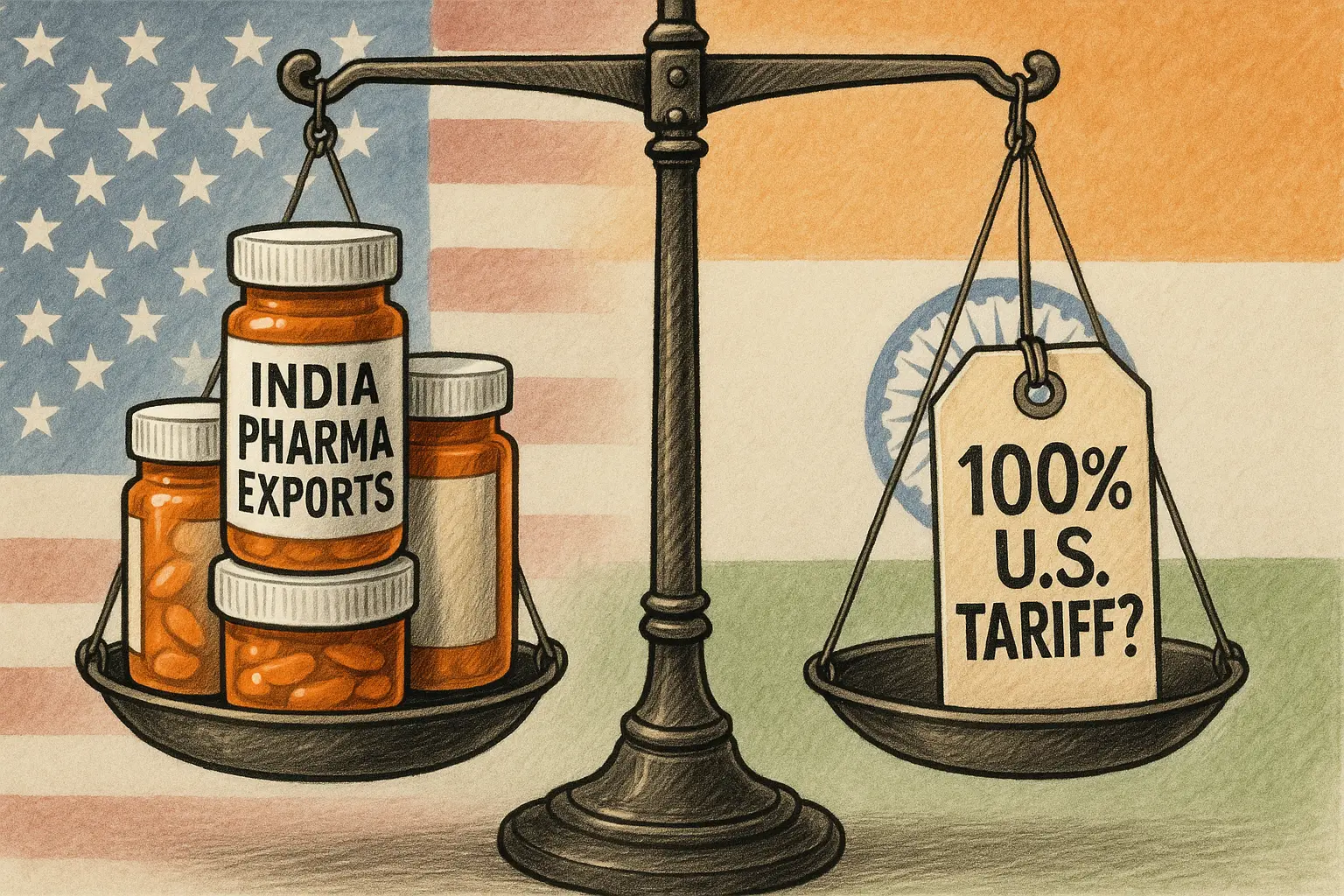

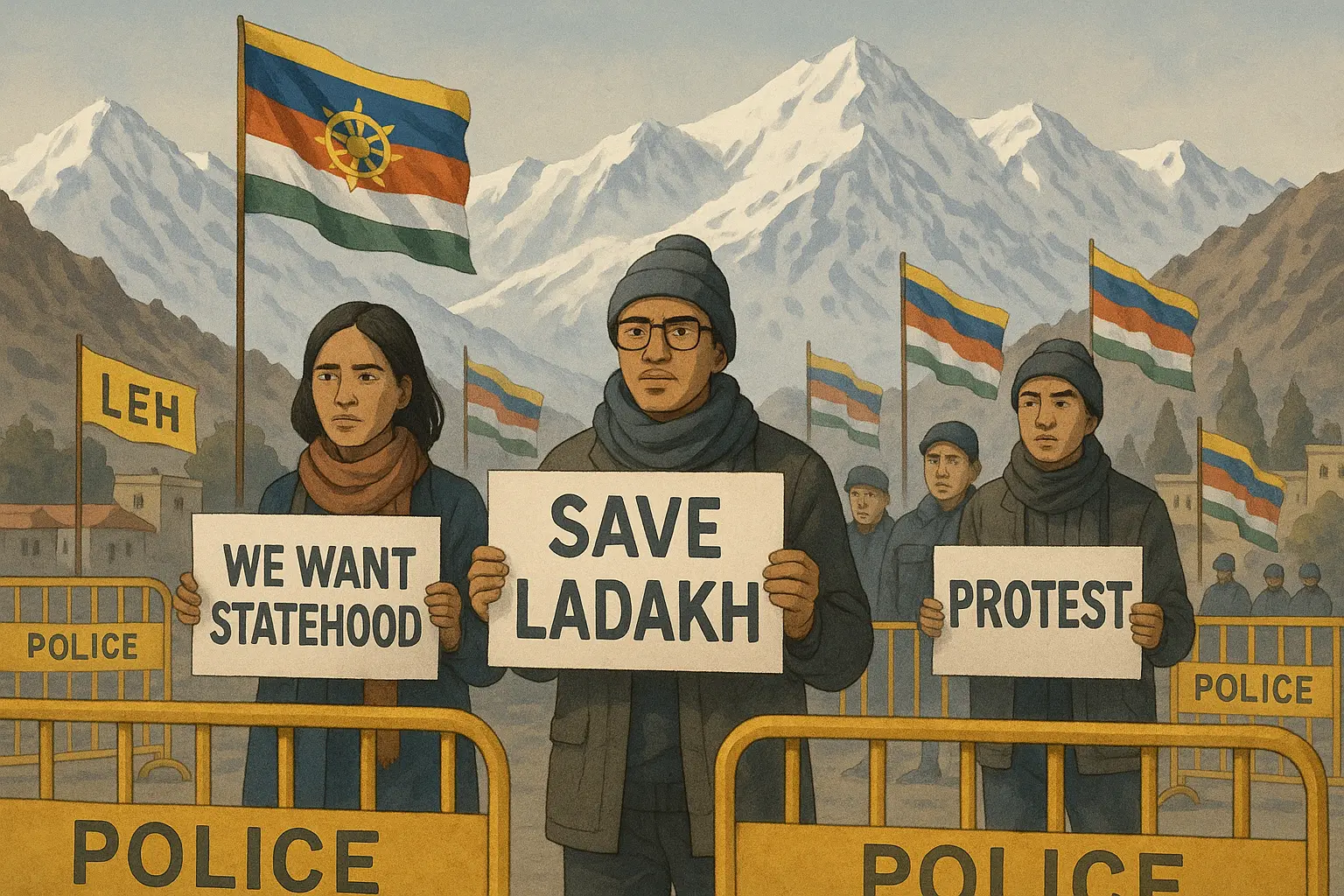
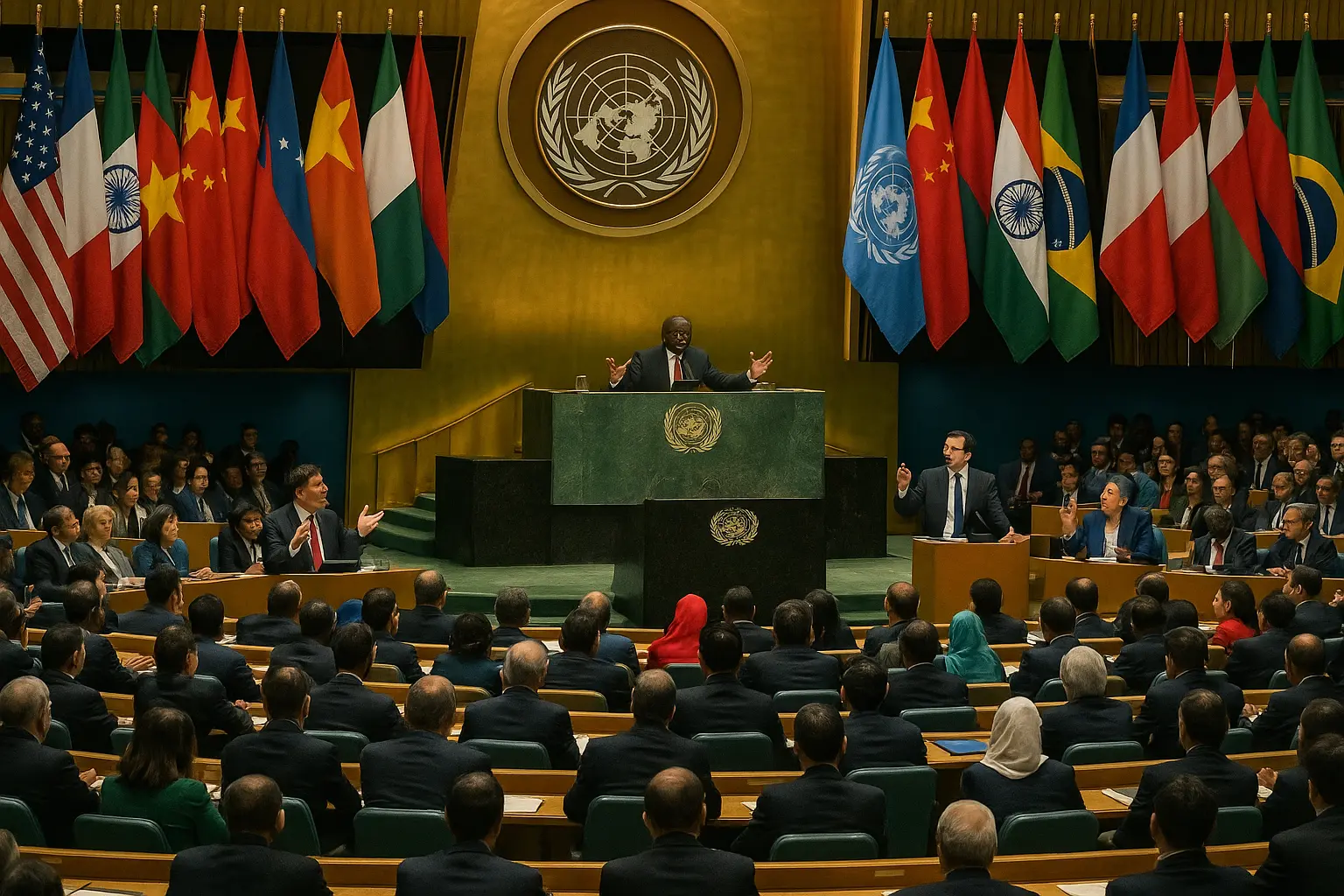
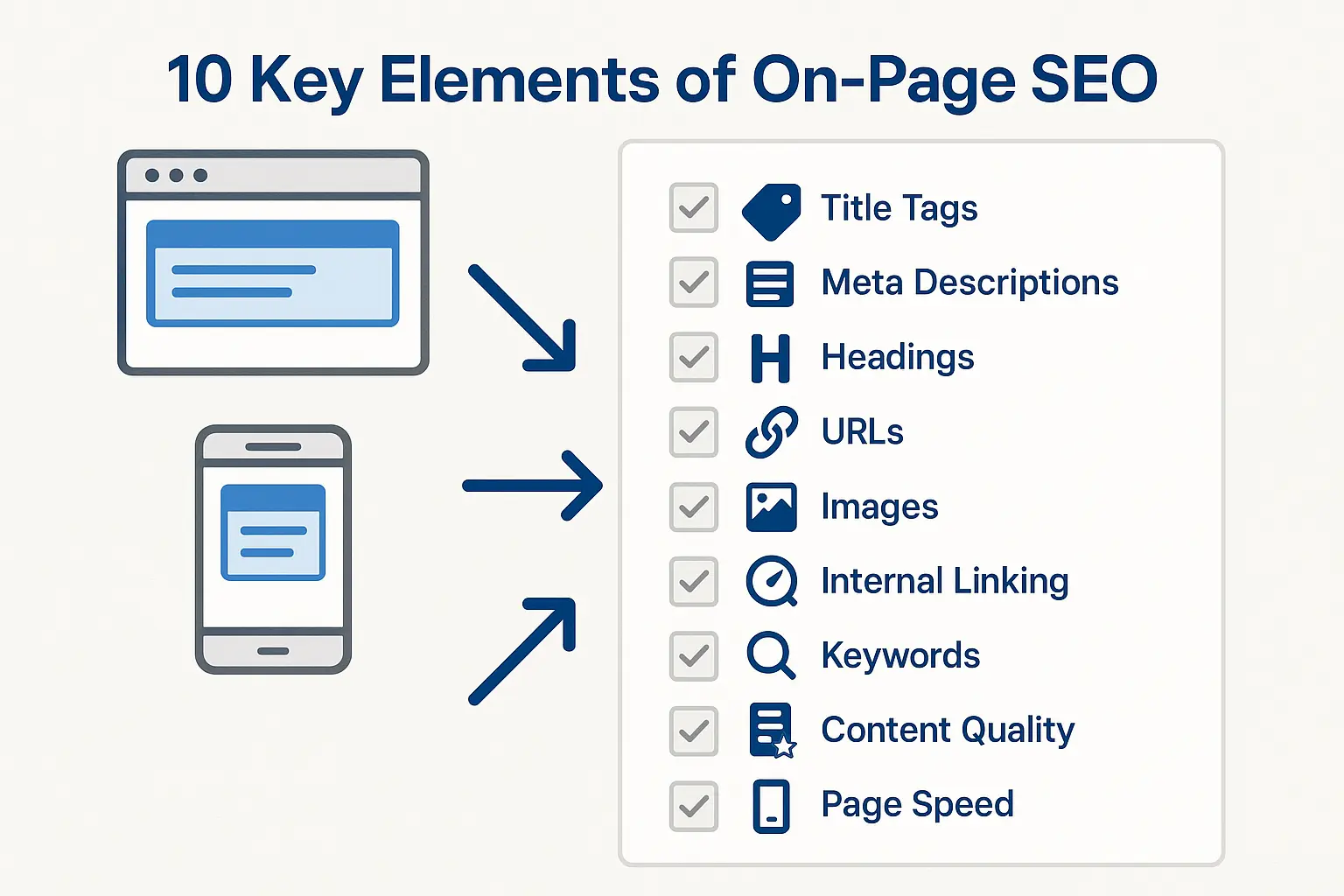


No comments yet. Be the first to comment!